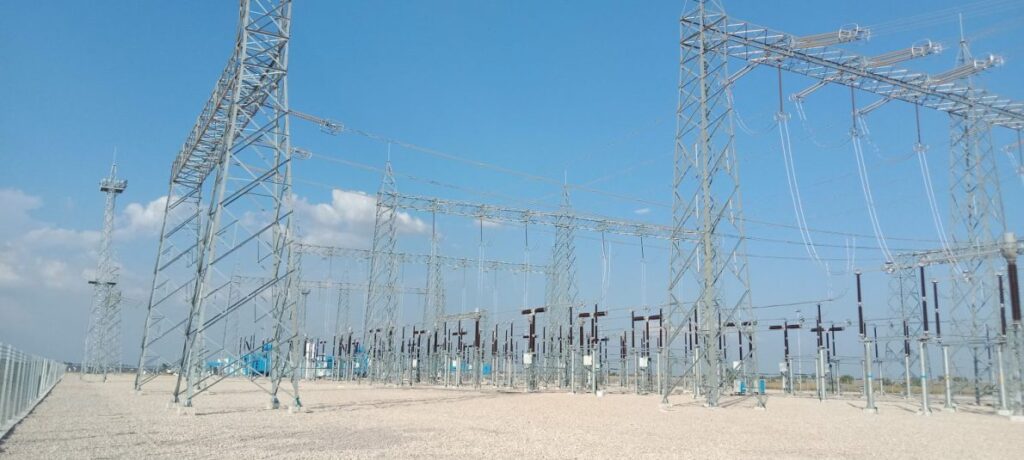Two important ISTS schemes aimed at evacuating a total of 15 GW of renewable energy from Khavda region in Gujarat have been proposed.
The two schemes are officially termed as:
- Transmission System for Evacuation of Power from potential renewable energy zone in Khavda area of Gujarat under Phase-IV (7 GW)
- Transmission System for Evacuation of Power from potential renewable energy zone in Khavda area of Gujarat under Phase-V (8 GW)
Both these schemes were discussed and agreed upon by the Western Region Power Committee (WRPC) in its meeting in February 2023. These projects will be now deliberated upon at the 14th meeting of the National Committee on Transmission (NCT), scheduled to be held on July 7, 2023.
Rationale
Transmission system for evacuation of up to 15 GW power from Khavda Renewable Energy (RE) Park has already been evolved in three phases (Phase-I: 3 GW, Phase-II: 5 GW and Phase-III: 7 GW). Against planned system of 15 GW in Khavda area, Stage-II connectivity applications for 18.605 GW (KPS-I: 9 GW, KPS-II: 3.755 GW and KPS-III: 5.85 GW) have already been received till January 2023.
Gujarat Power Corporation Ltd (GPCL), in December 2022, had strongly suggested that evacuation infrastructure for a total of 30 GW be planned for the Khavda RE Park. Accordingly, the two aforementioned schemes have been proposed with a view to ensuring that there is no mismatch between generation and transmission, with respect to the Khavda RE Park.
Also read: Khavda-Bhuj Transmission En Route To Secure Interstate License
Project elements
Both the schemes involve extensive transmission infrastructure at the 765kV level. The first scheme, Phase-IV (7 GW), is expected to cost over Rs.18,500 crore and is likely to be implemented in multiple segments (A, B, C, D and E). Further “Part E” will be further divided into four components. It is likely that the overall scheme will be developed as independent sub-schemes, under the tariff-based competitive bidding mechanism. The concurrent implementation timeframe for “Phase IV (7 GW)” is 24 months.
The cost of “Phase-V (8 GW)” has not yet been estimated but it is likely to cost more than “Phase-IV (7 GW)” considering that it even envisages HVDC technology. Key elements in Phase-V include two +/-800kV 6,000 mw HVDC terminals, at Khavda Pooling Station-2 (KPS2) in Gujarat and at Nagpur in Maharashtra. The bipole HVDC line connecting the two would run for around 1,200 km. This phase, to be developed under three parts, will have an overall implementation period of 42 months.
Featured photograph (source: Linxon India) is for representation only.

